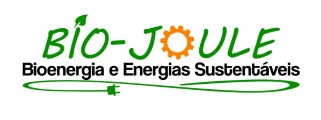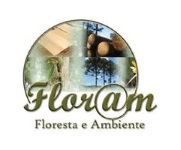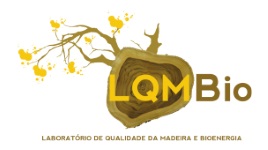DETERMINATION OF THE INDICATOR OF WOOD CONSUMPTION WITH ENERGY PURPOSES IN THE CERAMIC INDUSTRY OF THE STATE OF SERGIPE
03 - Bioenergy: Economy, Market and Policy
 1 FRANCES ALVES ANDRADE, 1 SÉRGIO LUÍS MARTINS DOS SANTOS
1 FRANCES ALVES ANDRADE, 1 SÉRGIO LUÍS MARTINS DOS SANTOS
1 FEDERAL UNIVERSITY OF SERGIPE
In Sergipe in the Northeast region of Brazil, what remains of the vegetation cover has been exploited to supply the region, both for primary energy production and for industrial use as the ceramic sector, representing about 60% of consumption. The objective of this work was to determine the indicator of wood consumption as an energy source in the production of ceramic blocks. Theoretical researches were carried out for the proposed theme, information on annual reports, diagnoses and guides related to the theme. As a result, it was verified that the red ceramic sector has a highlight in civil construction, its production chain is determined by small and medium pottery. The main energy source comes from native forest, the wood of the caatinga being the most used as combustible material in the process of burning and drying of the ceramic material. There is evidence of a lack of public policies aimed at the sector regarding the exploitation of native vegetation and the clay deposits of the region. The caatinga located in the territory of the drought polygon is characterized by its tendency towards natural desertification, making possible a Management Plan to meet the demand of wood for the sectors that use firewood as an energy source. In the State there are no fast growing forest species plantation and no licensing project for management of the caatinga with the environmental agencies. Direct interview with semi-structured questionnaire with ceramic owners showed that 53% of the firewood comes from areas of deforestation or caatinga, respectively, without licensing and management plan. Total production is 7.6 million block / month and the total firewood consumption of the ceramics has a volume of about 497 st / month of Eucalyptus wood, 1,125 st / month of Pinus costal and 2,603 st / month of wood from the native forest, totaling 4,225 st / firewood / month. The explanation for the use of native wood is its low price in relation to eucalyptus wood and the Pinus costaneiras that become high due to transport costs, since these materials come from the state of Bahia and that the native do not present the cost of production and management.
Keywords: forest biomass; bioenergy; potteries; caatinga

























